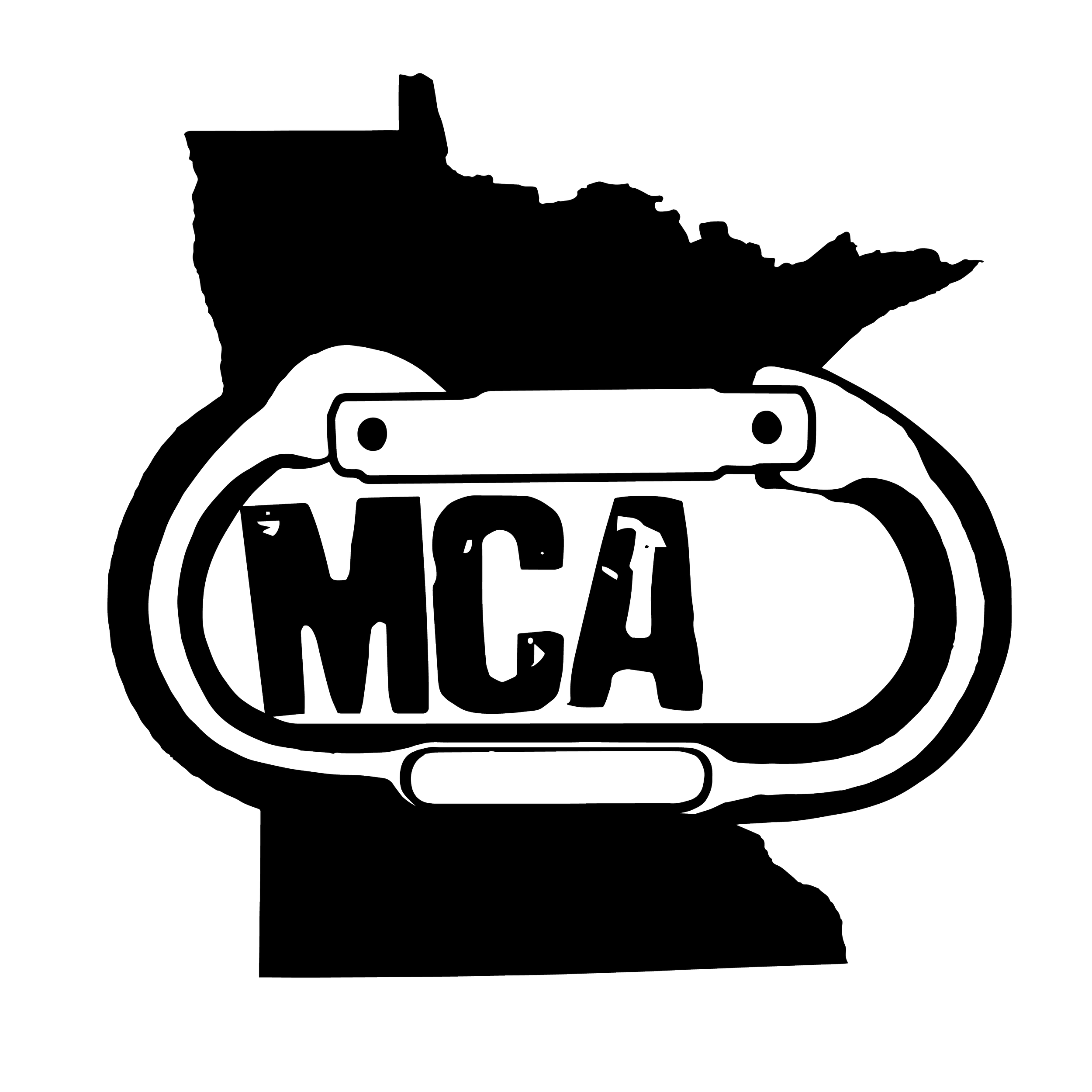Bolting
The MCA maintains the bolts and fixed anchors at He Mni Can (Barn Bluff/Red Wing), Robinson Park (Sandstone), and Willow River. As a member or supporter of the MCA, your donations fund the rebolting efforts of MCA members and committed volunteers to keep us all safer at the crag.
If you climb at any of these areas, you share in the responsibility of maintaining this hardware and keeping routes safe. Click the button below to report bolt or anchor issues to the MCA.
Why is rebolting important?
Bolts and fixed gear are placed by humans in heavy impact areas—we climb on them, whip on them, and lower on them; rocks fall on them, weather happens, and metal corrodes. A bolt can fail due to:
Oxidation
Metal fatigue
Improper placement
Stress corrosion cracking
As climbers, we trust our lives to our gear; rebolting is one of the most important day-to-day functions of the MCA, and we rely on Minnesotan climbers to help us identify any bolts or fixed gear that may need to be replaced.
How you can help?
Financially: The MCA maintains a rebolting fund with membership allocations and donations. Rebolting a route costs approximately $128 per route, with eight bolts ($9 per bolt) and one anchor ($48). Support our rebolting efforts and help keep our crags safer by donating.
Reporting: If you see a bad bolt or a bad anchor—or something questionable but you’re not quite sure—report it! By letting us know, one of our rebolters can go take a look at it and, if necessary, rebolt it. Let us know.
Volunteering: If you’re interested in rebolting, email us.
Do you know what a bad bolt looks like?
Knowing a good bolt from a bad bolt can save your life, and as a climber, you should always inspect every bolt and anchor you clip.
If the metal is rusty, worn thin, or corroded, the strength of the metal is compromised.
Sometimes you can have a good bolt in bad rock, and sometimes you can have a bad bolt in good rock. If the rock around the bolt has broken or is chipping away and exposing the bolt, be very cautious. Additional things to look out for in the surrounding rock include fractured or cracking stone around the bolt or a hollow sound when tapped.
If the hanger is spinning, the nut or head of the bolt is probably loose. Too loose is bad, but so is too tight: an over tightened bolt can cause metal the metal to fatigue or snap.
Can you identify the manufacturer of the hanger? If not, the hanger may be homemade. There are a couple of known manufacturer issues from old hangers, too, even if it still looks good. Be wary of Leeper hangers, prone to steel corrosion cracking, and old SMC hangers with a horizontal logo; the sideways logo SMCs were prone to cracking, but the redesigned stainless steel hangers with a vertical SMC logo addressed the issue. We see this less frequently in Minnesota, but it’s worth mentioning, as many Midwestern climbers travel far and wide to climb!
Please note, climbing is dangerous. Each individual is responsibly for their own safety, and online resources cannot replace qualified instruction.
Have fun, be safe. Climb at your own risk.
Image courtesy of SafeClimbing.org
Image courtesy of SafeClimbing.org



